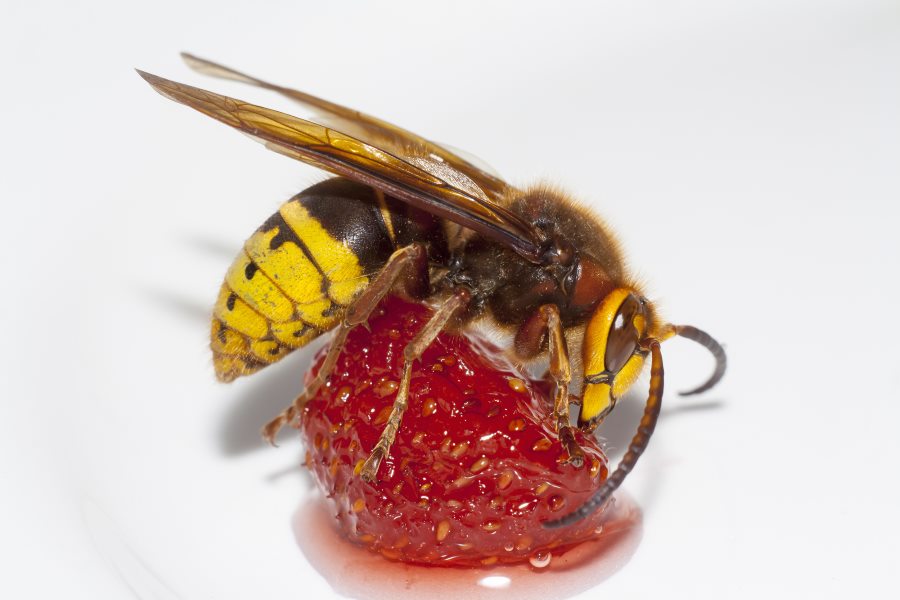News of a prehistoric-like insect reaching the shores of America has left many concerned. Names such as “Murder Hornet” and the fear of a mass take-over has spread like wildfire over social media. While the presence of the invasive Asian Giant Hornet has been confirmed in the United States, what exactly is it and how much of a threat does it actually pose?
What is the Asian Giant Hornet?

Also known as the Japanese Giant Hornet or Murder Hornet, Vespa mandarinia is the world’s largest hornet and is native to parts of Asia and Russia. While many know this bug for its method of bee hunting, it is important to note that the Asian Giant Hornet is an omnivore. They often feed on worms, beetles, tree sap, and fruits.
Vespa mandarinia is nonetheless a formidable creature, with females carrying a stinger that can grow up to 6mm in length. The bugs also carry a strong venom that can cause harm to humans. It is estimated that this hornet causes around 30-50 deaths annually in Japan.
What’s the Concern?
The first sign of this invasive species in the United States was seen in Washington, back in the fall of 2019. Since then, there have only been 4 confirmed sightings. Due to media reports, many more supposed sightings have occurred. However, many of these are either cases of mistaken identity or remain unconfirmed.
The main worry environmentalists have concerning V. mandarinia is their ability to decimate an entire hive of honeybees in just hours. While Japanese Honeybees have developed defenses against the Asian Giant Hornet, North American honeybees have no such mechanisms. This leaves the honeybee population vulnerable to this invasive species.
Should I Be Worried?
It is important to note that although the size of V. mandarinia may be frightening, they are generally not very aggressive towards humans. However, they can become aggressive if their homes or food sources are threatened. The title “Murder Hornet” and death statistics may also be concerning to some. The sting of an Asian Giant Hornet may be painful, but those who are not allergic should be fine after a single sting. People generally find themselves in trouble due to allergies or multiple stings. According to the CDC, bees and wasps also kill around 60 people annually in the United States. V. mandarinia is a real threat to the environment, but the situation should not be feared or blown out of proportion.
What Can I Do?
Those living close to the areas of confirmed sightings, for instance Blaine, Washington, should be familiar with what local wasp and hornet species look like. V. mandarinia are large and nest underground, and many reports have actually been of newly hatched bumblebee queens. If you believe you have seen one of these massive hornets, contact the Washington State Department of Agriculture and do not approach the insect or nest.
Despite what some may think, chances are you won’t be seeing this monstrous creature anytime soon. This is especially applicable to those living outside of Washington state. Rest assured that your outdoor fun will likely not be plagued by an invasion worthy of an Oscar nomination.




Comments
0 comments